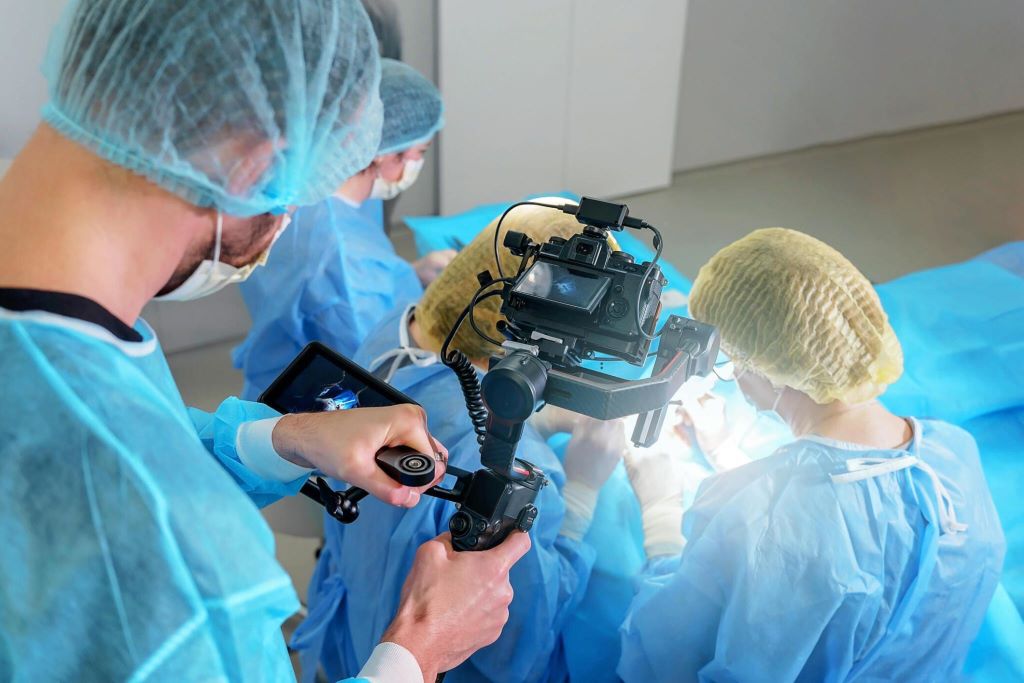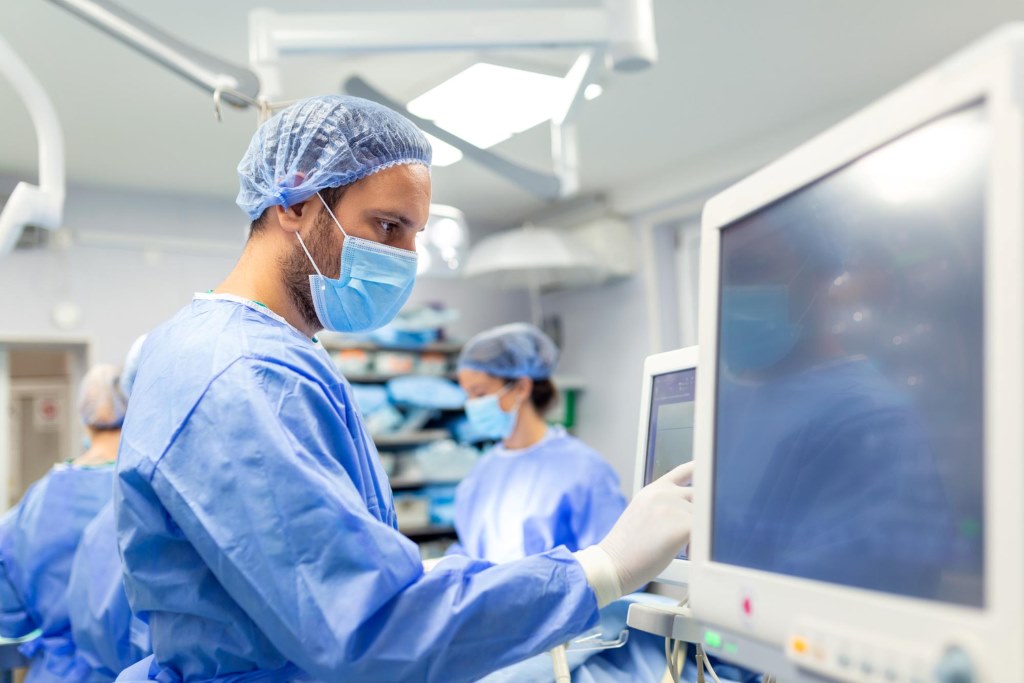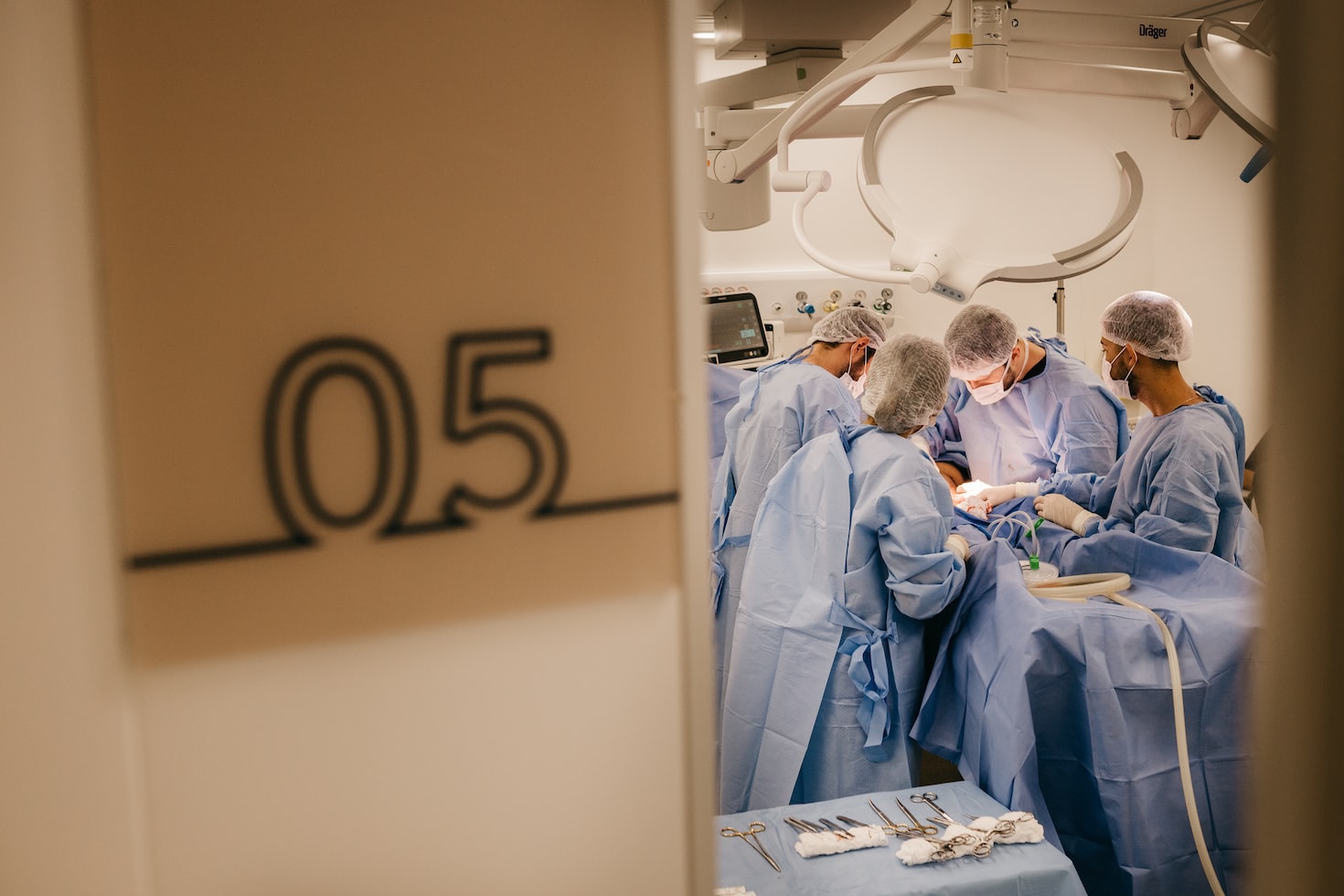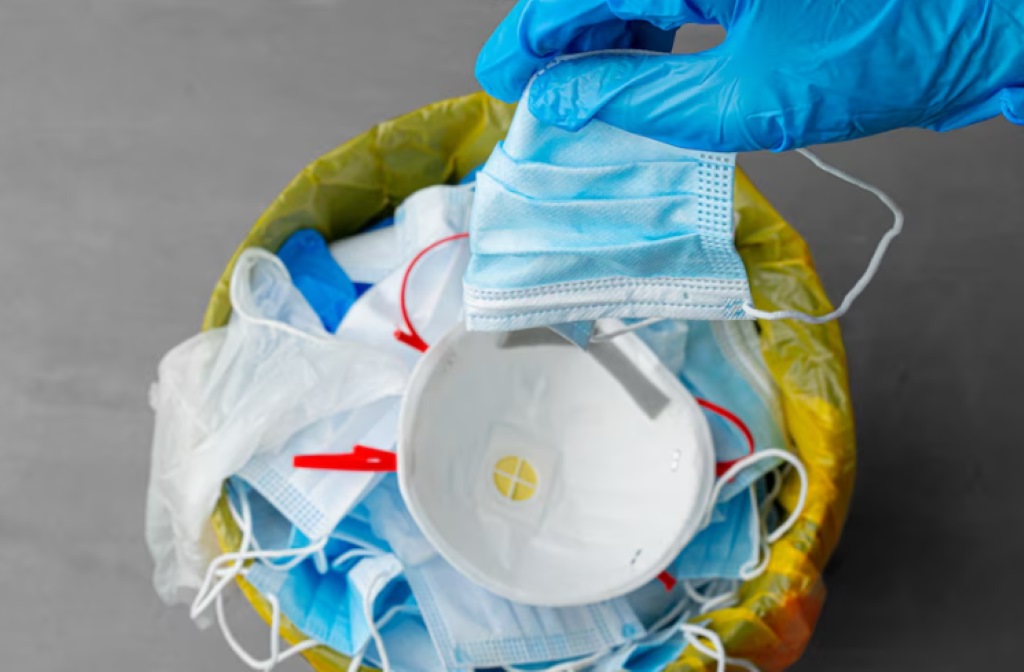In the dynamic realm of medical education, the pursuit of surgical mastery stands as a cornerstone of proficiency and patient safety. The intricate maneuvers, delicate procedures, and nuanced decision-making processes involved in surgery demand not only theoretical knowledge but also practical expertise honed through meticulous training. Amidst this backdrop, video production emerges as a transformative tool, offering an unprecedented glimpse into the intricacies of complex surgical procedures.
The art of surgery is a symphony of skill, precision, and compassion, with surgeons orchestrating intricate maneuvers to restore health and vitality to their patients. However, the journey to surgical mastery is one fraught with challenges, requiring aspiring surgeons to navigate a labyrinth of theoretical concepts, practical skills, and ethical considerations. In this ever-evolving landscape, the role of video production in medical training cannot be overstated.
The Role of Video Production in Medical Training
Video production in medical training represents a revolutionary approach to enhancing surgical education. By leveraging visual storytelling and immersive experiences, it bridges the gap between theory and practice, offering students unparalleled insights into complex surgical procedures.
Enhancing Learning Experience
Video production services offer a dynamic platform for medical students and residents to engage with complex surgical procedures. Unlike traditional methods, such as textbooks or lectures, videos provide a visual and immersive learning experience, allowing viewers to observe intricate techniques and anatomical structures in real time.
This visual reinforcement enhances comprehension and retention, facilitating a deeper understanding of surgical principles and practices.

Bridging the Gap between Theory and Practice
One of the challenges in medical education is bridging the gap between theoretical knowledge and practical application. Video production serves as a bridge, enabling students to witness surgical procedures as they unfold in the operating room.
By seeing skilled surgeons in action, learners can connect theoretical concepts with real-world scenarios, gaining invaluable insights into decision-making processes, surgical techniques, and patient management.
The Anatomy of Effective Video Production
The anatomy of effective video production in medical training encompasses meticulous pre-production planning, precise scripting and storyboarding, and careful consideration of technical aspects such as camera placement and lighting.
Each element is vital in capturing clear, comprehensive footage of complex surgical procedures, ensuring educational relevance, and enhancing learning outcomes for aspiring surgeons.
Pre-production Planning
Before filming begins, careful pre-production planning is essential to ensure the success of the video project. This phase involves defining objectives, selecting appropriate procedures, and outlining the desired educational outcomes.
Through innovative approaches and personalized care, we provide comprehensive solutions to enhance metabolic health and overall well-being. Our video production services aim to amplify our mission by creating engaging content that educates, inspires, and motivates individuals to take charge of their health.
Scripting and Storyboarding
A well-crafted script and storyboard are fundamental elements of effective video production. The script provides a roadmap for the narrative flow, including narration, dialogue, and on-screen instructions.
Meanwhile, the storyboard serves as a visual blueprint, outlining shot compositions, camera angles, and transitions. Collaboration between medical experts and multimedia professionals is crucial during this phase to ensure accuracy, clarity, and educational relevance.
Technical Considerations
From camera selection to lighting setup, technical considerations are vital in producing high-quality surgical videos. Filming in the operating room presents unique challenges, such as limited space, sterile environments, and variable lighting conditions.

Therefore, employing professional-grade equipment, including high-resolution cameras, specialized lenses, and adjustable lighting fixtures, is essential to capture clear and detailed footage.
Best Practices for Filming Complex Surgical Procedures
Best practices for filming complex surgical procedures involve prioritizing patient privacy and safety, maintaining sterile environments, and optimizing camera angles to capture comprehensive views of the surgical field.
Adherence to strict protocols, including obtaining informed consent, ensuring proper sterilization of equipment, and collaborating closely with surgical teams, is crucial for ethical and effective filming. Additionally, thoughtful post-production editing enhances clarity and educational value, ultimately contributing to the success of medical training videos.
Respect Patient Privacy and Confidentiality
Patient privacy and confidentiality are paramount considerations in medical video production. Obtaining informed consent from patients and healthcare providers is mandatory before filming any surgical procedure. Additionally, strict adherence to HIPAA regulations and institutional policies is necessary to safeguard patient rights and maintain ethical standards.
Optimize Camera Placement and Angles
Choosing the right camera placement and angles is essential for capturing comprehensive views of the surgical field. Multiple camera setups, including overhead views, close-ups, and wide shots, offer varying perspectives that enhance understanding and clarity.
Collaborating closely with surgical teams to anticipate key moments and critical maneuvers enables videographers to position cameras strategically for optimal coverage.
Maintain Sterility and Safety
Maintaining a sterile and safe environment is critical during surgical filming. All equipment, including cameras, microphones, and cables, must be properly sterilized or covered with sterile drapes to prevent contamination.
Furthermore, adhering to standard infection control protocols and wearing appropriate personal protective equipment (PPE) ensures the safety of both surgical staff and patients.
Post-production Editing and Enhancement
The integration of video production into medical education revolutionizes the learning experience by providing immersive insights into complex surgical procedures. From meticulous pre-production planning to post-production editing, every step is essential in ensuring accuracy, clarity, and educational relevance.
By adhering to best practices, including respect for patient privacy, maintaining sterile environments, and optimizing camera angles, medical training videos empower students to achieve surgical mastery and deliver high-quality patient care.

Editing for Clarity and Conciseness
Post-production editing plays a crucial role in refining raw footage into polished educational content. Editing techniques, such as trimming, pacing, and sequencing, help streamline the narrative flow and eliminate unnecessary distractions. Additionally, adding annotations, captions, and graphics enhances comprehension and highlights key learning points for viewers.
Incorporating Educational Resources
To augment learning outcomes, video production can incorporate supplementary educational resources, such as voice-over narration, annotations, and visual aids.
Narration provides context, explanations, and procedural insights, guiding viewers through the surgical process. Furthermore, integrating diagrams, animations, and text overlays reinforces key concepts and facilitates comprehension.
Quality Assurance and Feedback
Before finalizing the video, conducting quality assurance checks and soliciting feedback from stakeholders are essential steps to ensure accuracy and effectiveness. Reviewing the footage for technical errors, factual inaccuracies, and educational relevance helps maintain high standards of quality and integrity.
Additionally, seeking input from medical educators, subject matter experts, and student learners fosters continuous improvement and refinement.
Conclusion
Video production serves as a powerful tool for advancing surgical mastery in medical training. By providing immersive learning experiences, bridging theoretical knowledge with practical application, and adhering to best practices in filming and editing, educational videos empower aspiring surgeons to hone their skills, enhance patient safety, and ultimately, improve healthcare outcomes.
As technology continues to evolve, the integration of video production into medical education will undoubtedly play an increasingly pivotal role in shaping the future of surgical training.




